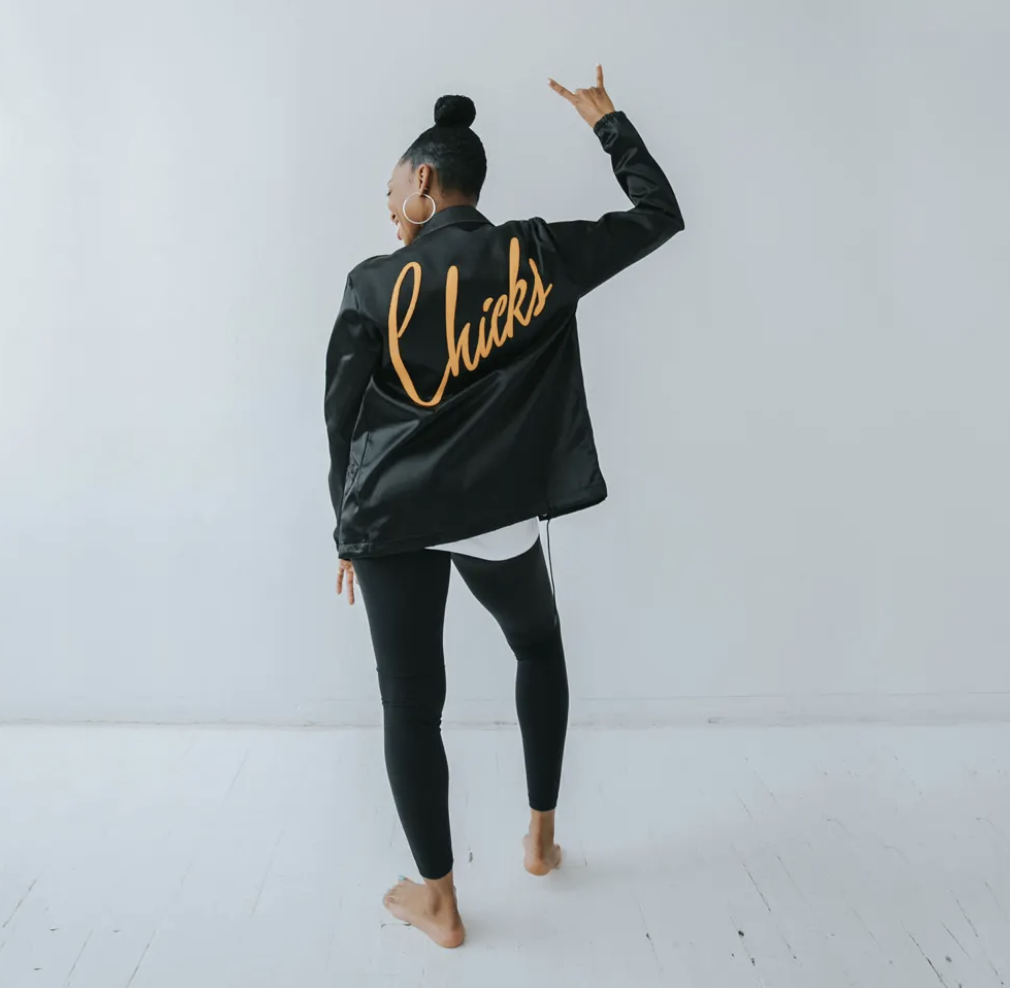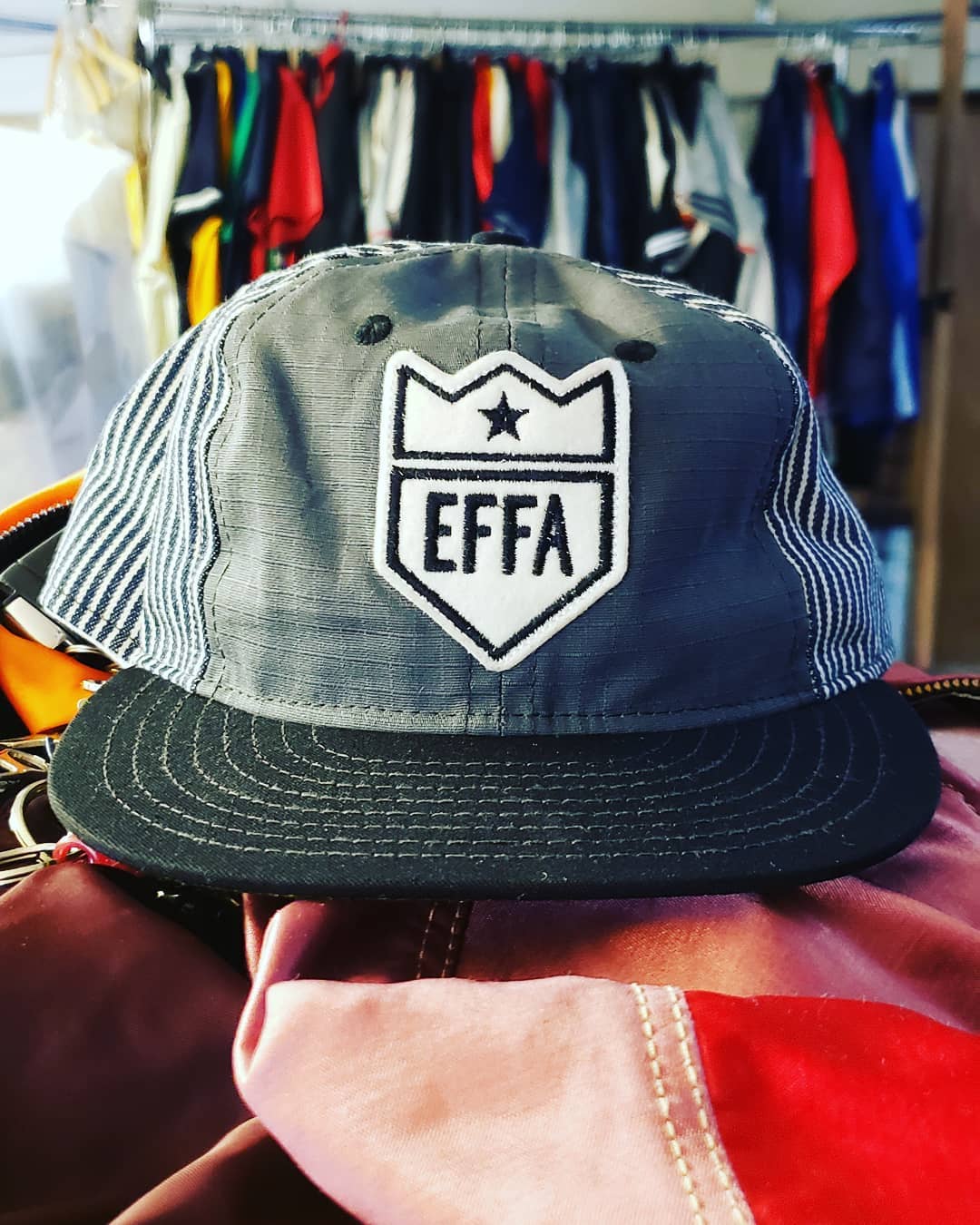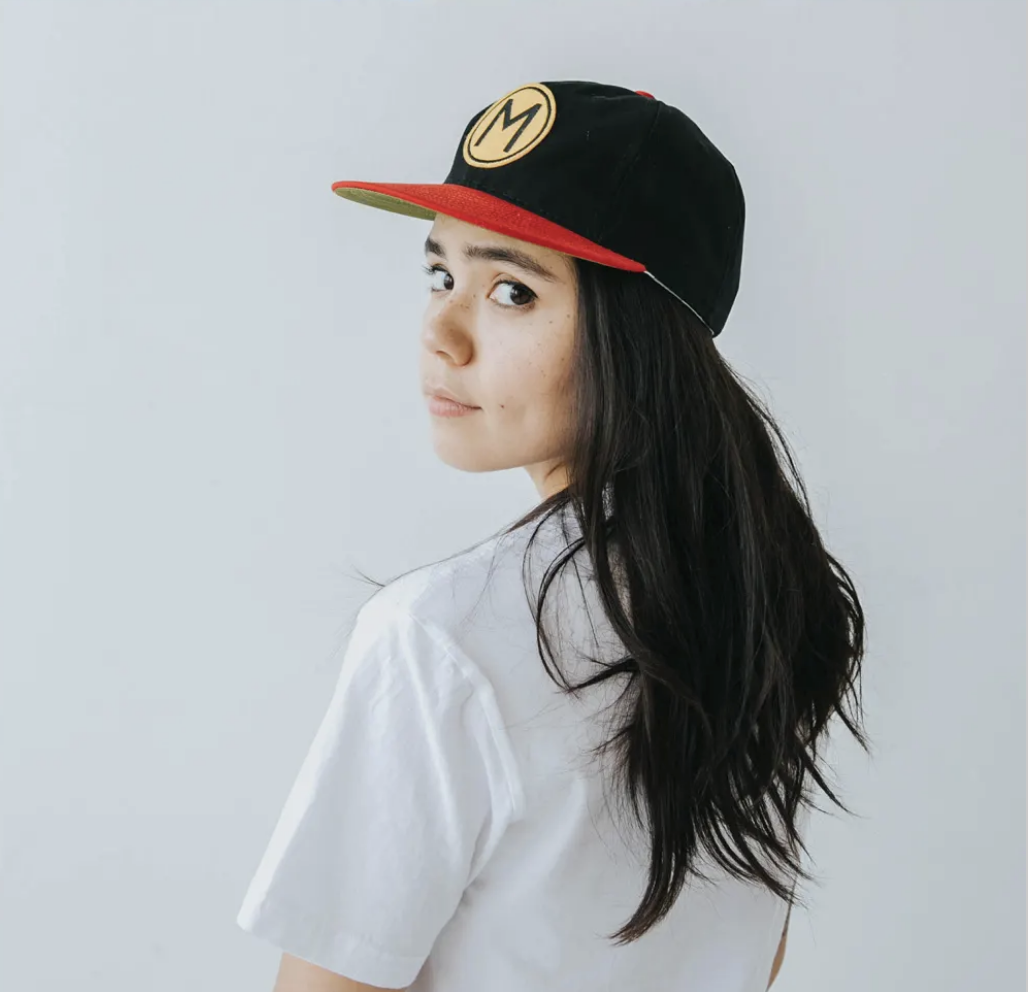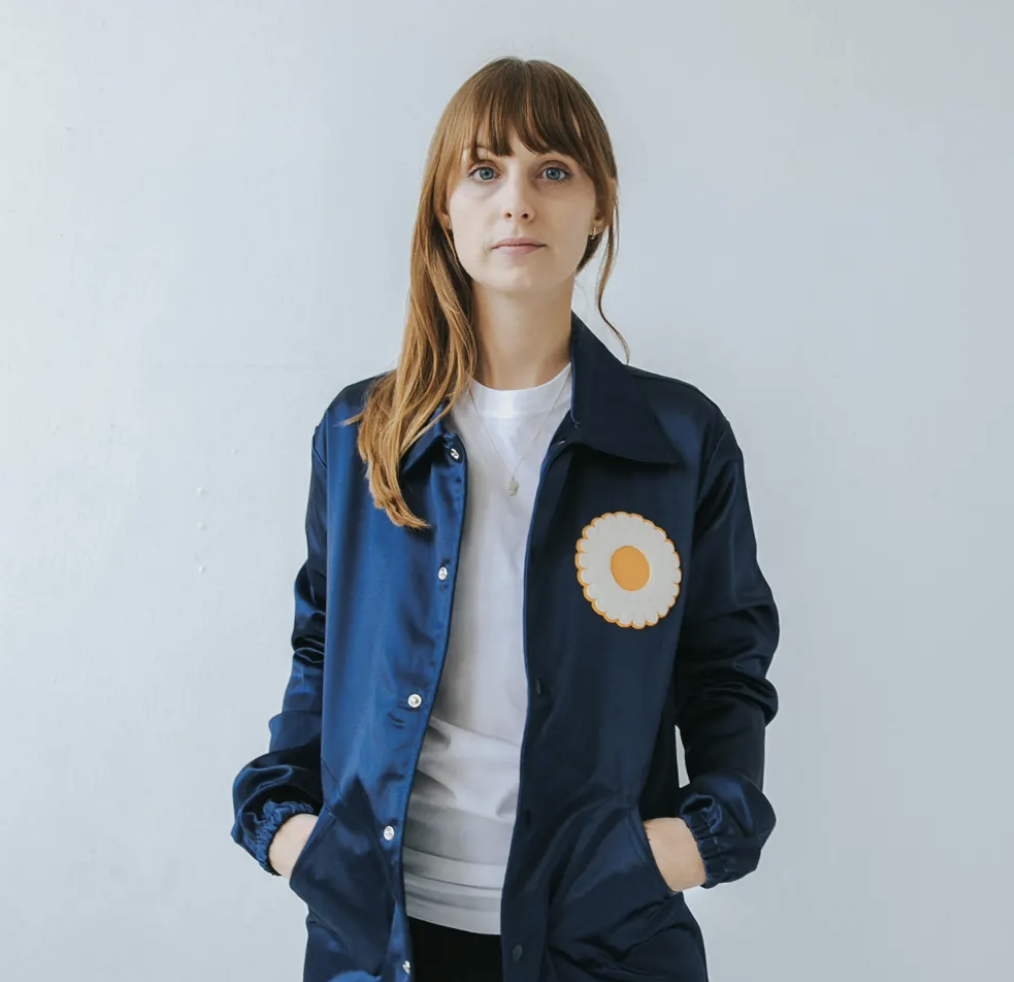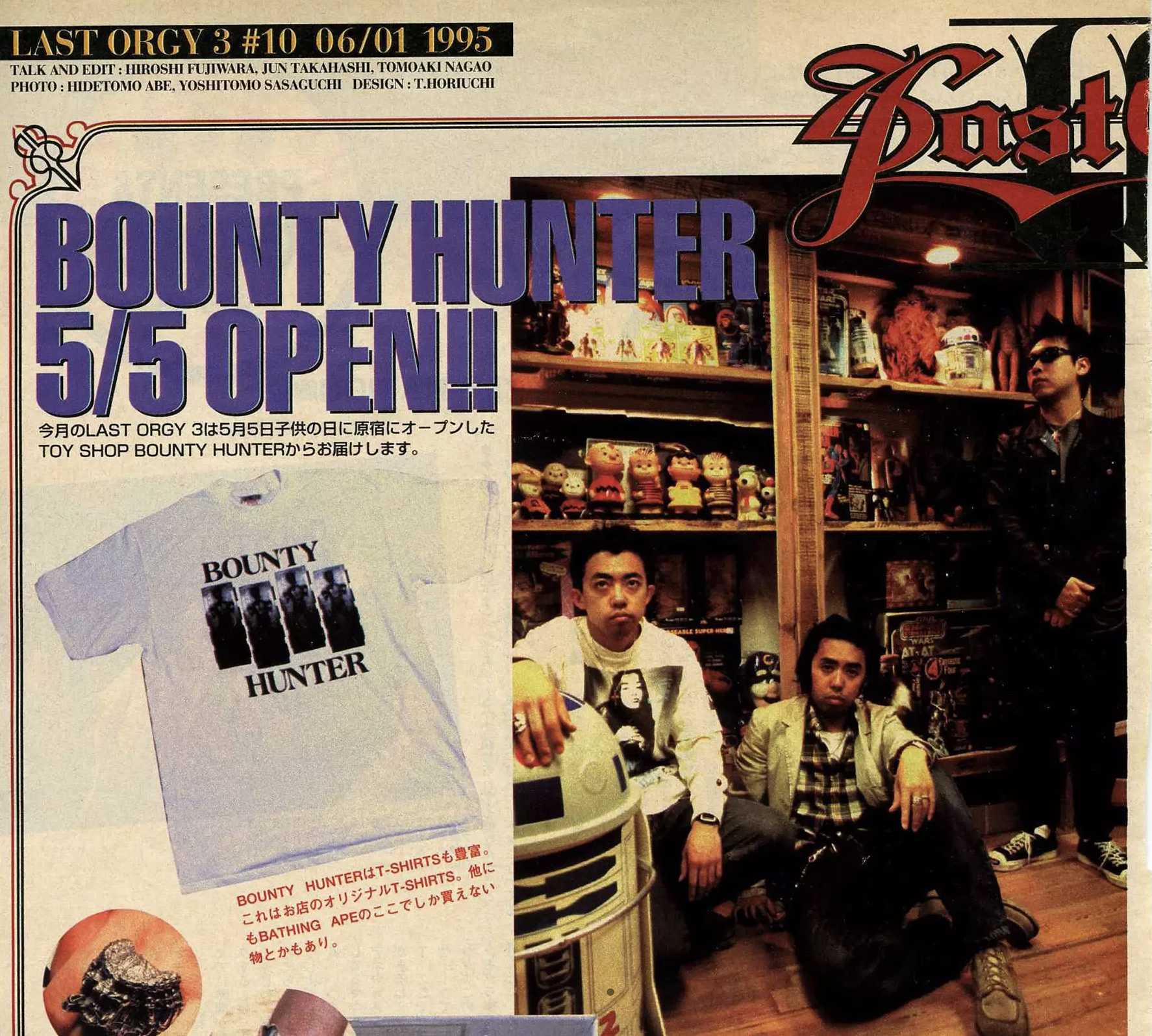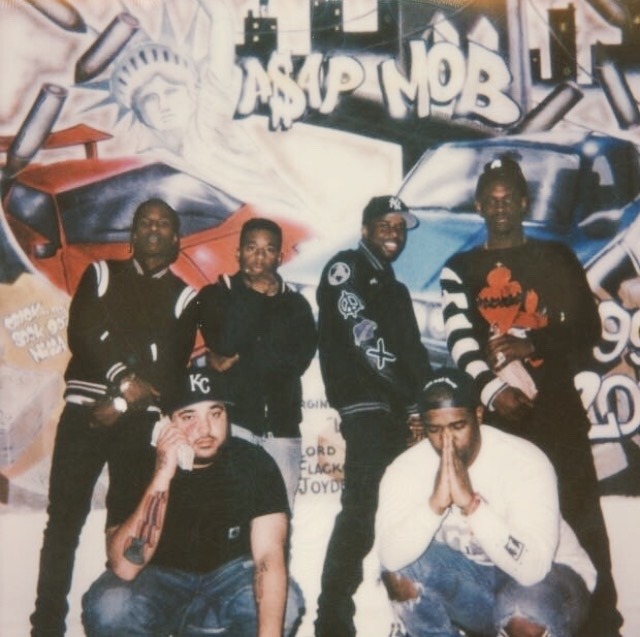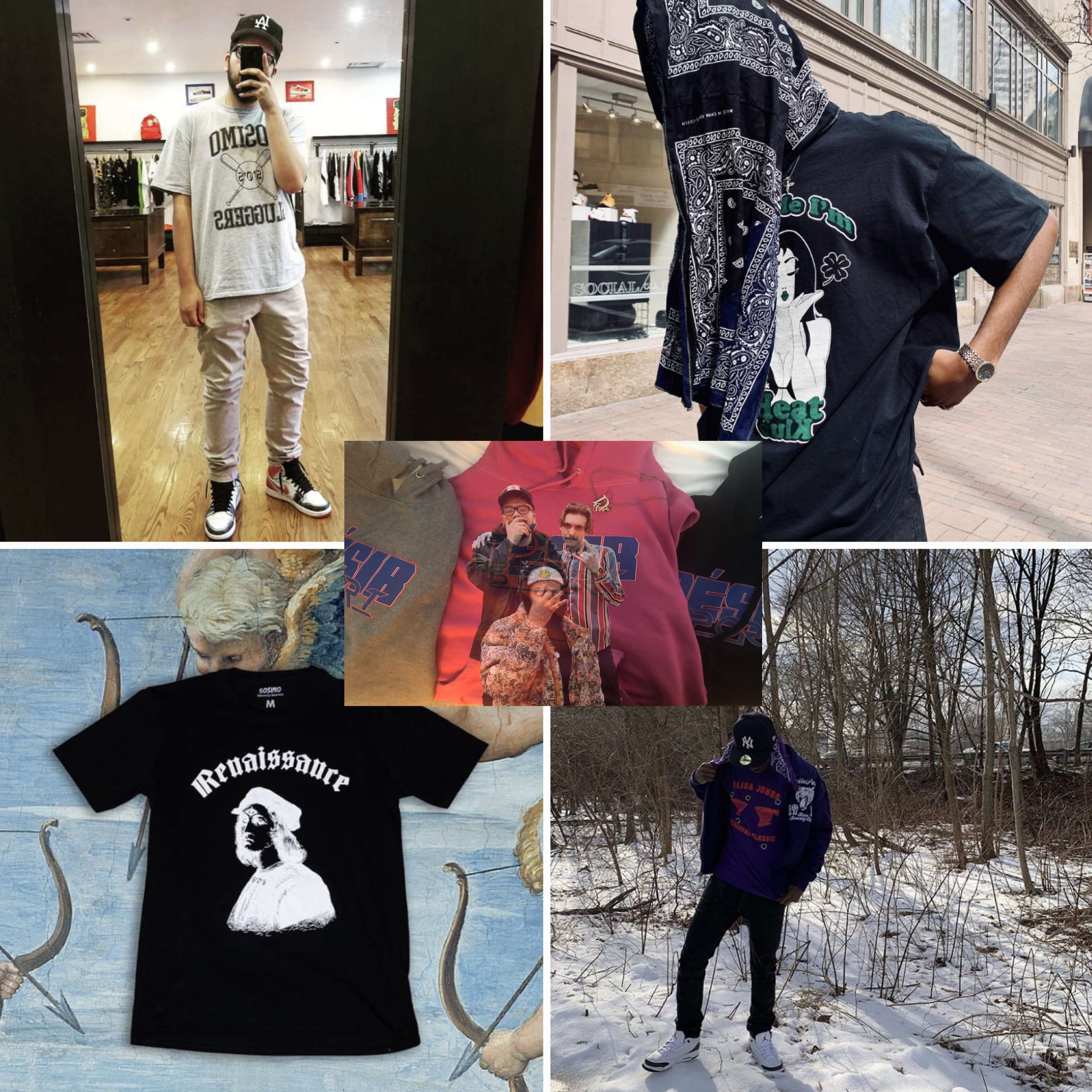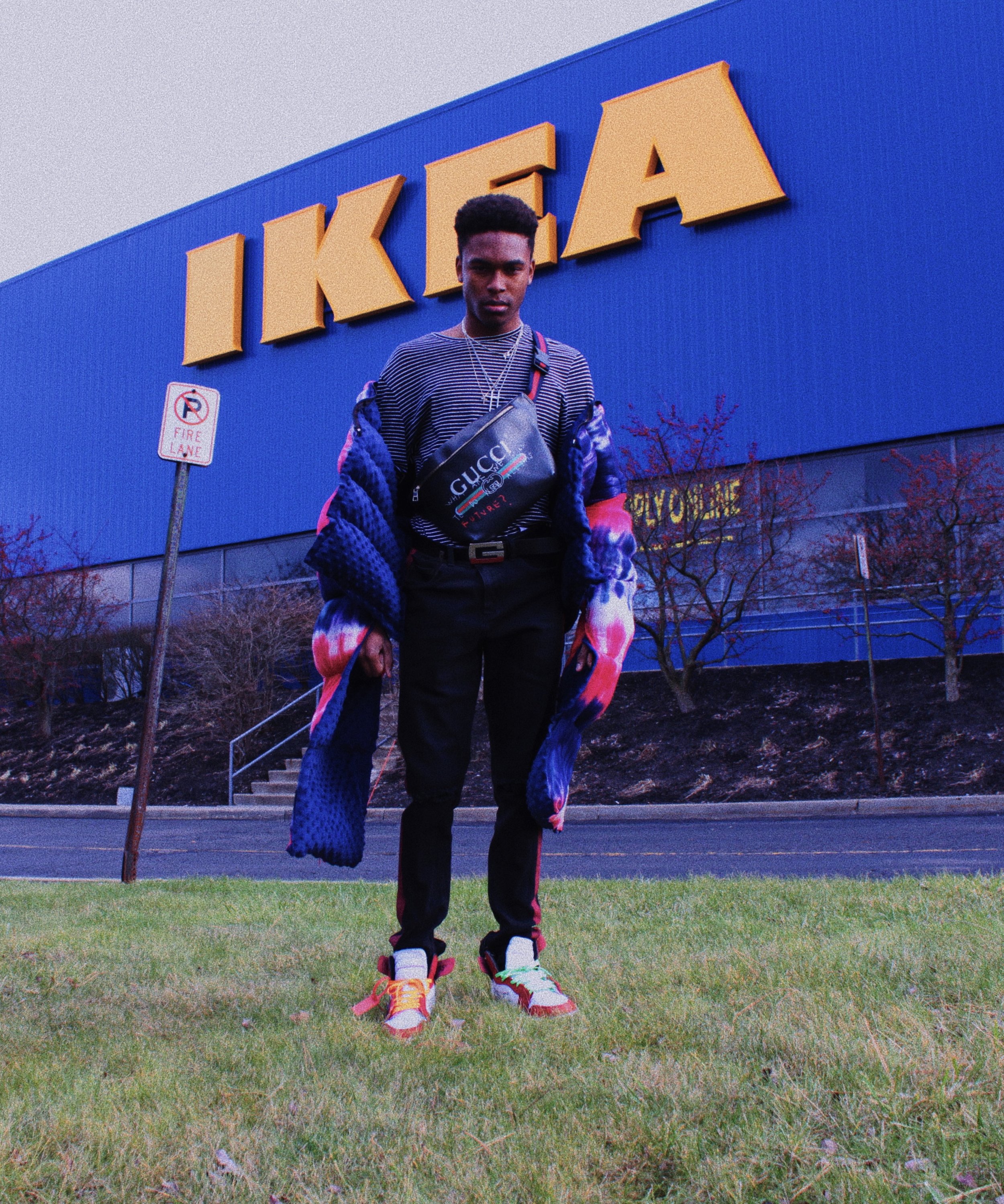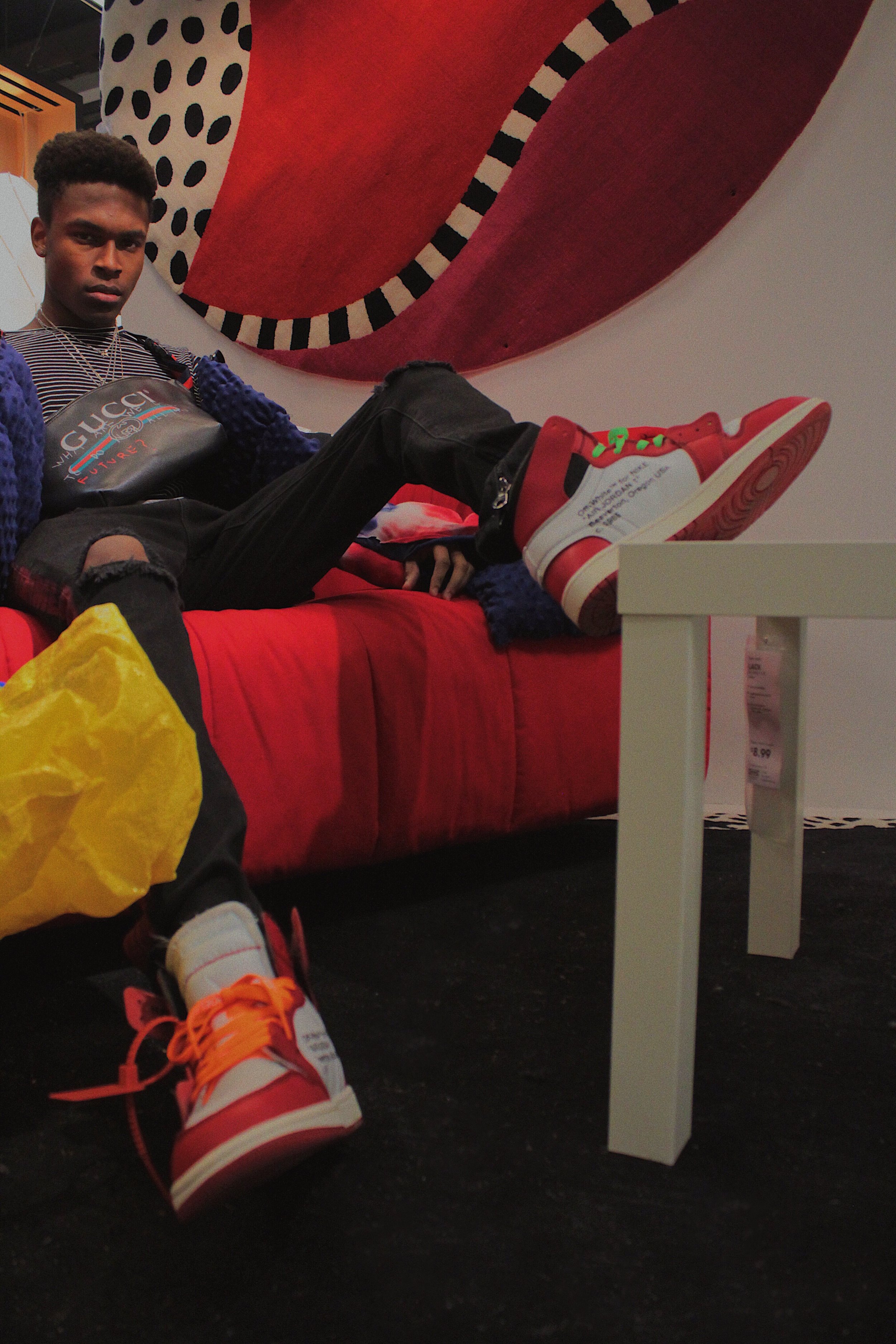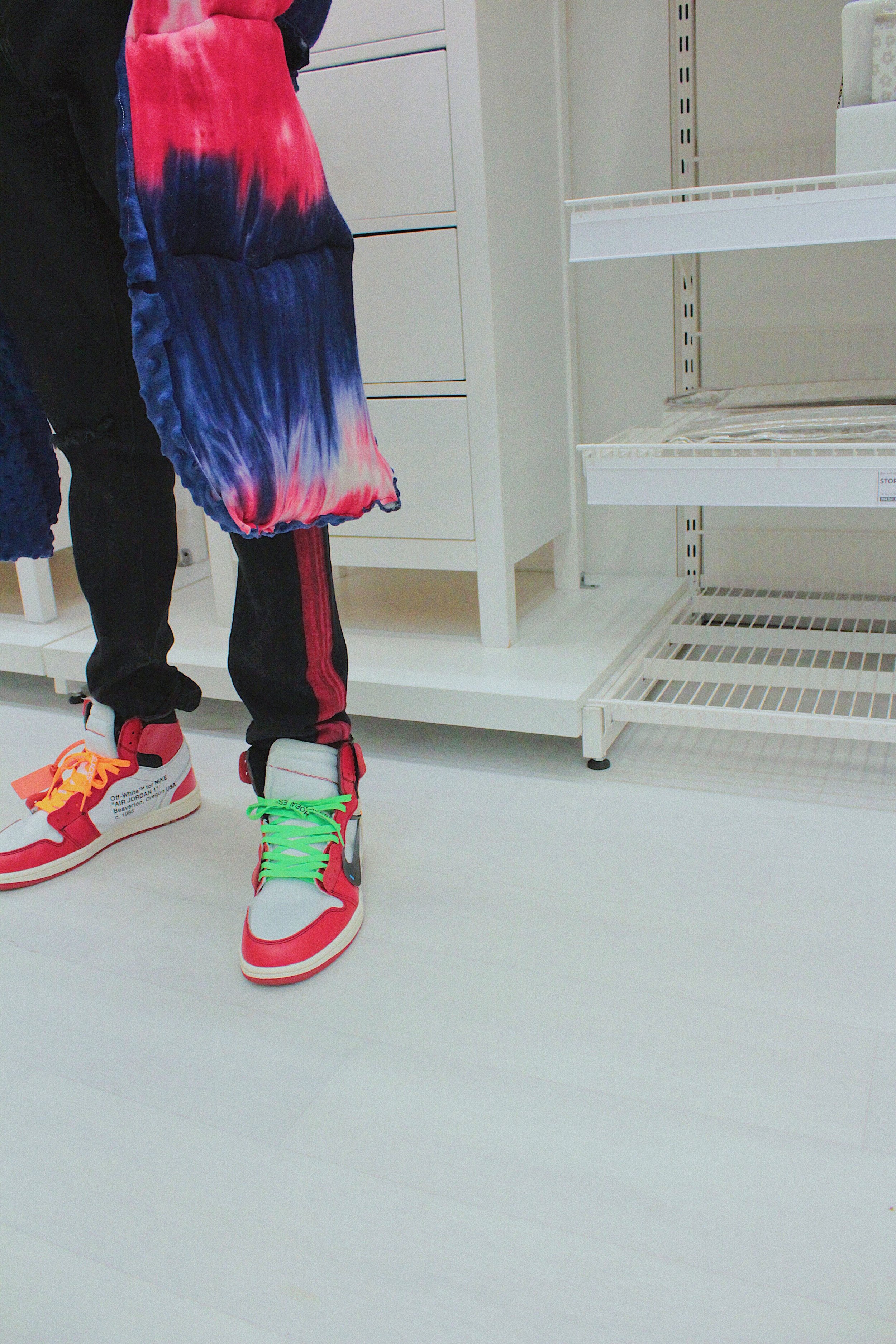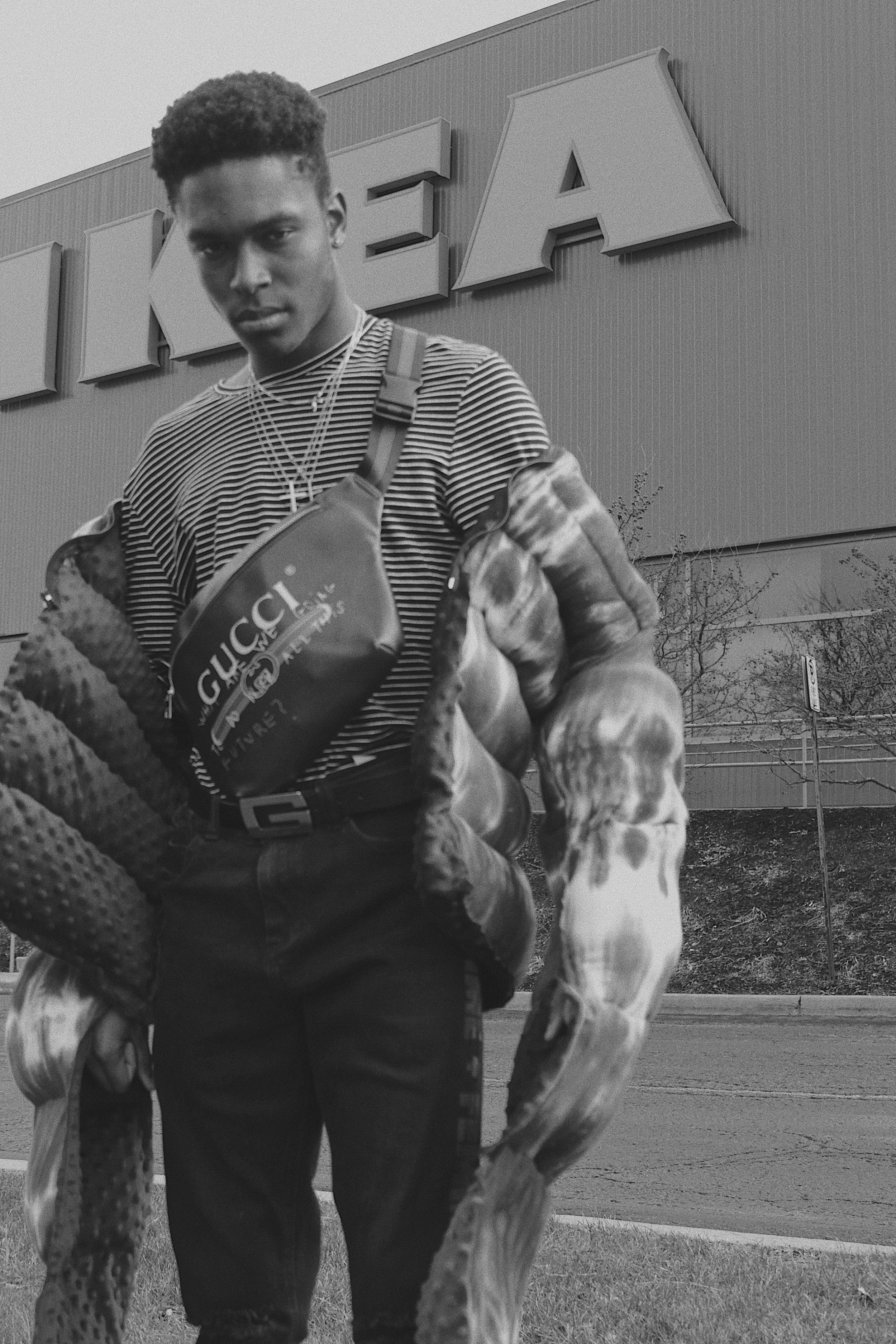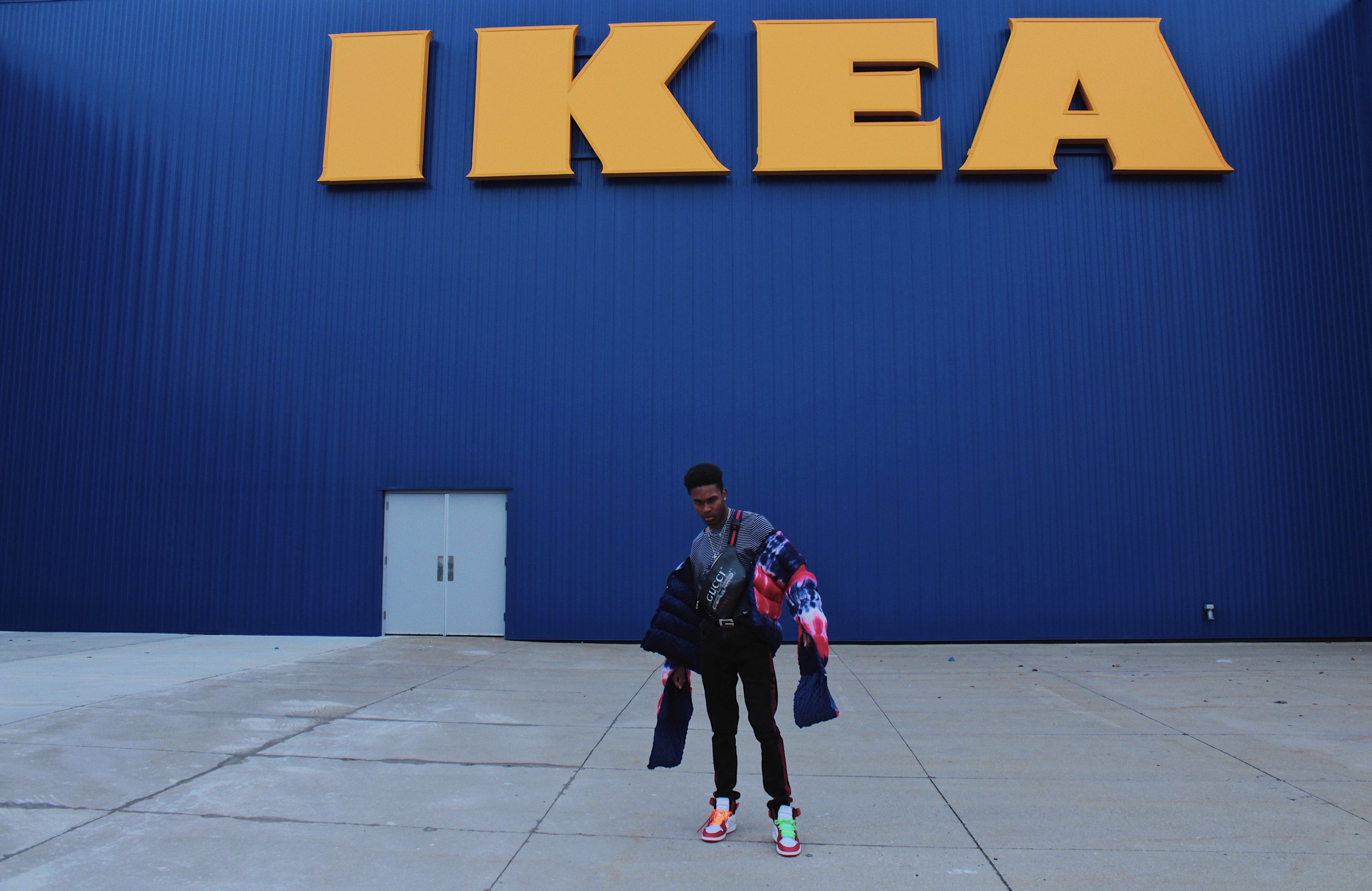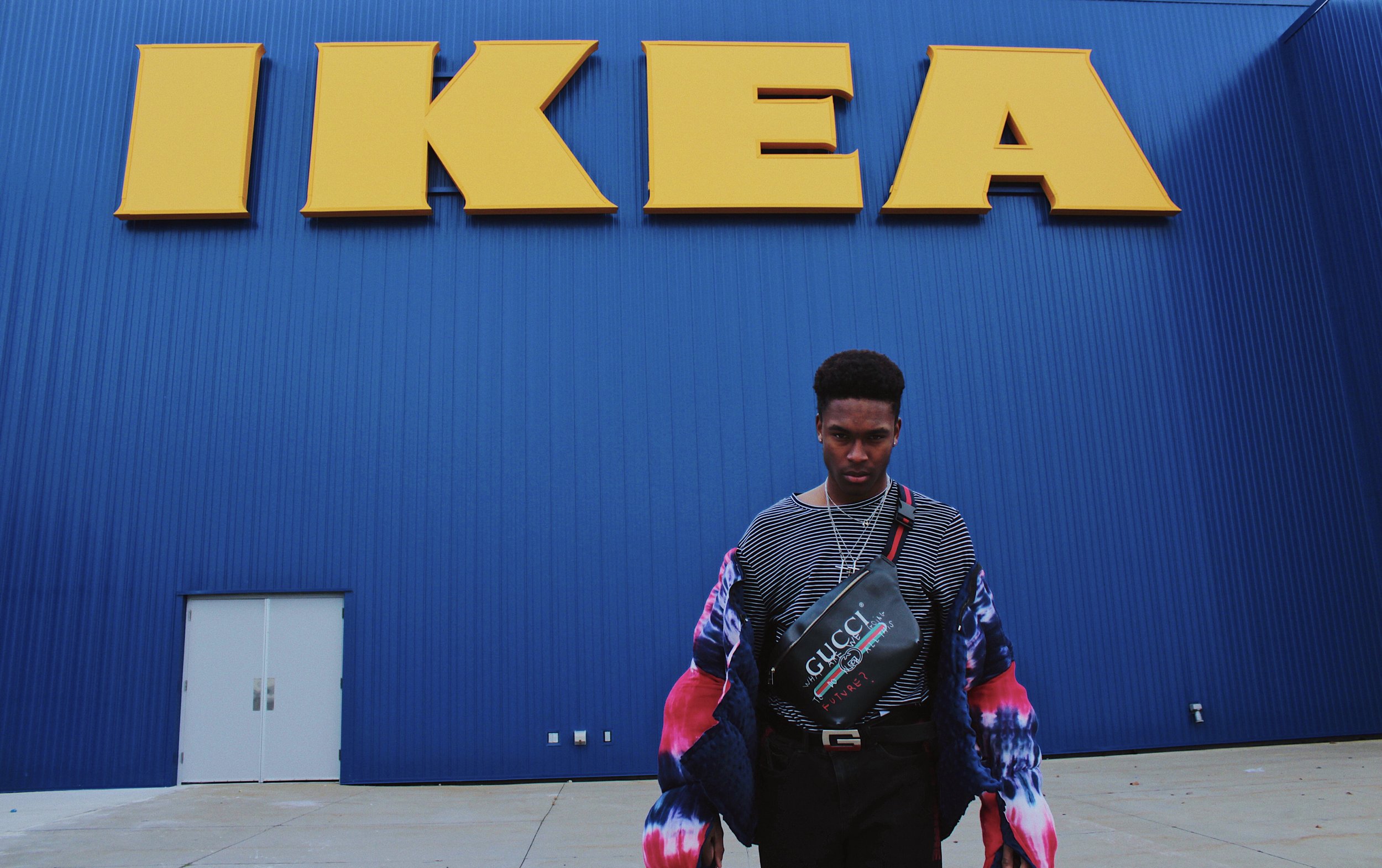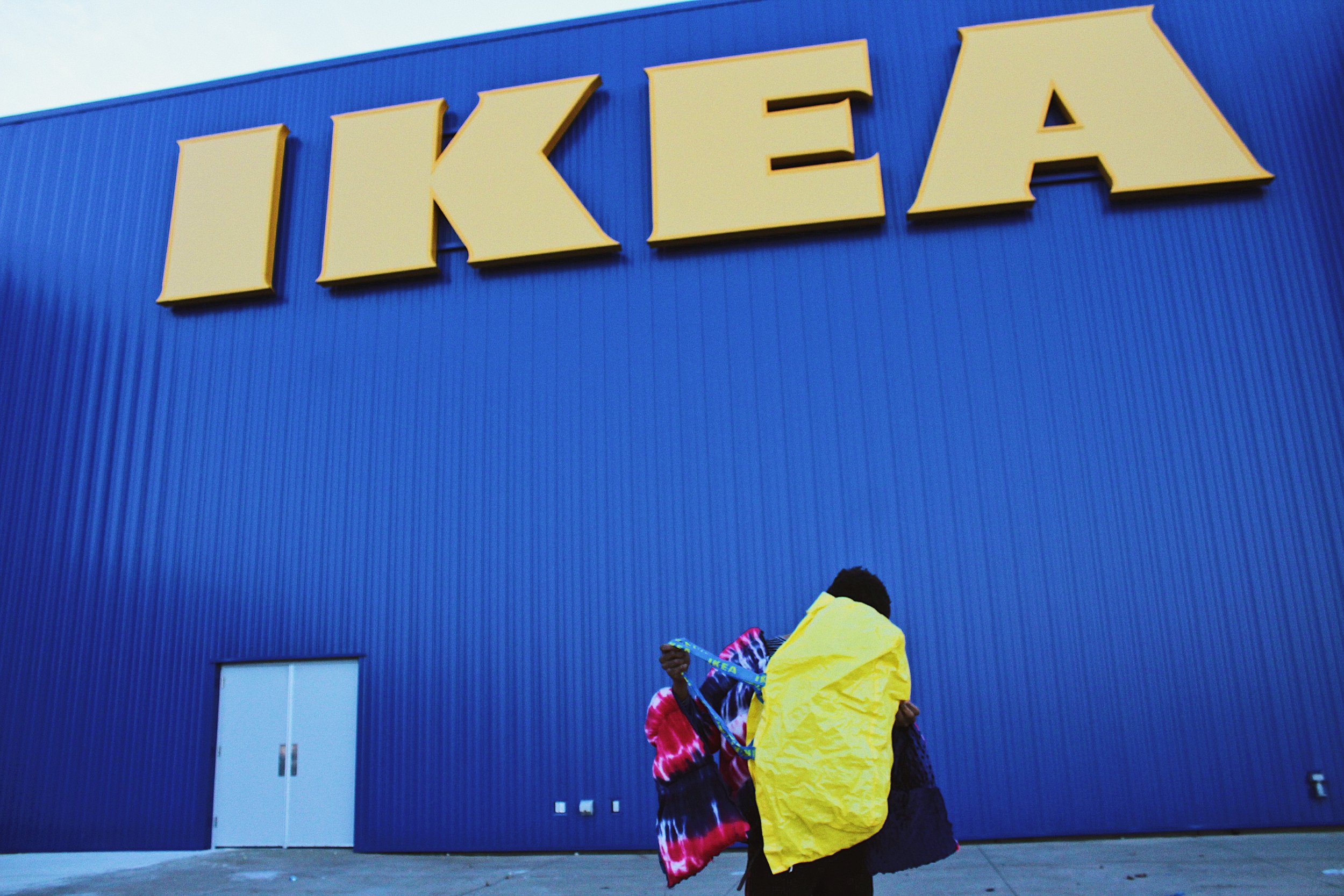Ebbets Field Flannels, the heritage brand conserving mid-century athletic garments, debuted its fist-ever women’s line, honoring the women and girls who forged their own positions within America’s favorite pastime.
The EFFA Collection—named after Effa Manley—the co-owner of the 1946 Negro League champion Newark Eagles and only woman to be inducted into the National Baseball Hall of Fame, encapsulates a time period when female executives, ballplayers, umpires, and teams were viewed as interlopers in the world of sport. Racial and gender divides attempted to exclude women from baseball, but the tenacity of trailblazers like the eponymous heroine of the collection erased stigmas and broke barriers for women to continue building their shared history in the game.
A civil rights leader, Manley set a precedent negotiating fair compensation for the rights of her players as they transitioned to Major League baseball once Jackie Robinson broke the color line, signing with the Brooklyn Dodgers in 1947. She earned the respect of fellow Negro League owners and white executives within the majors due to her astute knowledge of business and sports marketing. Promotional games propping up attendance in the Major League, including the businessman’s special or “Disco Demolition Night,” are extensions of Manley’s genius. She instituted free entry for WWII veterans and sponsored an anti-lynching game, intersecting sports with socio-political conversations. “Effa is part of a much larger history,” said Lisa Cooper, Vice President of Ebbets Field Flannels on Late Bloom Radio in May—our co-produced show with Uptown Art House.
Women have been in baseball since the mid-1800s, forming teams at Vassar, Smith and Wellesley colleges, with the first recorded professional team, the Philadelphia Dolly Vardens, playing men’s teams in 1867. The collection immortalizes prominent figures from the early barnstorming days when women were tokenized for their pioneering contributions to baseball. Authentic jerseys pay homage to icons like Amanda Clement who, at 16 years old, became the first woman paid to umpire men’s baseball games and Edith Houghton, a ten year old shortstop sensation for the Philadelphia Bobbies and a couple of decades later the first (and last) female scout in the history of Major League Baseball. We can’t forget about Toni Stone, either. The first African American woman to play professional baseball with the Negro League’s comedic, showboating Indianapolis Clowns, Stone’s life-and-times defeating discrimination and sexism has been further amplified this year in a critically acclaimed off-Broadway production by play-write Lydia R. Diamond.
Although the materials and fabric are authentic to what players actually wore, the retro knits, satin jackets and hats, along with the graphic tees are a spin on what existed in history. “For a lot of the designs, all we’re going off is the team name,” Cooper said. “We can’t even find photos; there’s a nice freedom and playfulness to it.”
Channeling the legacy of crossover within baseball’s past—women creating opportunities for themselves in a men’s game—the collection’s designer Eric Johnson wanted to create a range of clothes that were non-conforming. “It was more about the quality of the designs. I didn’t go into this thinking about making this for women,” the Maryland-based creative said. “I thought about making really good shirts women would be interested in, making sure the border was non-binary.
Designer Eric Johnson at Late Bloom Radio broadcast via Full Service Radio at The Line Hotel. Polaroid by Maxwell Young
Johnson and Cooper worked within a truncated timespan, executing the line over four months, when most collections can take up to one and a half years to develop. It’s a testament to their collaborative relationship, as the duo first started working with each other while Johnson was a creative lead in A$AP Mob. With hip hop being the introduction for the two and holding such a strong emphasis in vintage wear, Johnson and Cooper’s partnership has come full-circle. However, it’s the intention behind the collection that makes the project cohesive.
“The racial aspect of it, especially regarding the Negro Leagues…[The EFFA Collection] is how to have that conversation and take it away from race,” Cooper said.
For 31 years, Ebbets has served a niche clientele researching and re-producing the authentic apparel worn by athletic clubs we learn about through sports lore. Teams from Japanese baseball, the Pacific Coast League, The Negro Leagues, and now the All-American Girls Professional Baseball League and National Girls Baseball League are tangible constructs in the 21st-century, thanks to Ebbets. The heavy, wool fabrics that adorned actors in Jackie Robinson’s biopic, 42, were made by the Ebbets team. Their mandate is uncompromising the quality, beauty, and craftsmanship of vintage athletic apparel to convey the context stitched through it. Such intention circumvents exploitation and facilitates transparent discussions of unknown histories in a public way.
“I’m a white lady in Seattle and my business partner is white, so it comes up: ‘Why are you guys doing this?’ It’s an automatic distrust, but they don’t know the backstory. And the backstory is that we were the very first ones to bring about the history of [the Negro Leagues] and the awareness of it.”
The current offering of The EFFA Collection is merely an initial snapshot of the vast history of women in sports. Future iterations of the line will touch other heritage, such as that of hockey and Canadian women’s rightful place in the sports pantheon. Shop The EFFA Collection here and listen to the full radio interview below for an exclusive glimpse into Ebbets’ upcoming NFL capsule.


